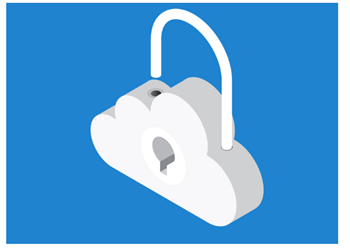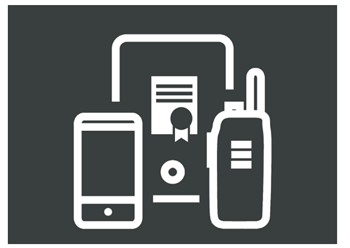Top Five Cloud Myths
The cloud is here to help. Although the cloud has been around for about two decades, many private companies and public organisations continue to operate without it, despite data pointing to its efficiencies, cost-benefits, and competitive advantages. A cloud-based network architecture offers a unique approach to long-term system growth and emerging data capabilities. But what are the biggest concerns around cloud based network solutions and is there any truth in them? MYTH 1: The cloud will completely replace my current systems. FACT: Cloud-based solutions work together with your current technology. In your organisation, you have a limited amount of time to divide your attention between all your duties. Depending on the nature of your organisation, you may want to combine current technology with the cloud. As a result, organisations are able to maximise the value of their existing investments. MYTH 2: Cloud computing is really only effective for big companies. FACT: Organizations of all shapes and sizes can benefit from the cloud. By leveraging cloud computing, small and medium-sized organisations are gaining access to infrastructure, advanced capabilities, and systems expertise through what was previously restricted. Additionally, as a concept gains traction, large organisations can quickly scale up by customising it to local site and employee requirements. Moreover, the cloud makes communication more accessible to organisations of all sizes because it is easier to build, manage, and deploy, work group communications are more accessible to smaller organisations. MYTH 3: I lose control and ownership of my data when I use the cloud. FACT: Organisations retain full ownership of their data and can retrieve it at any time. Service providers have changed how they manage data in response to pushback from customers. In most service agreements, the customer retains ownership of the data. In addition to owning and managing the physical storage, the service provider is also the custodian of data. Using a permissions-based structure, organizations can also control who has access to their data. The customer can control the encryption keys and control who can and cannot access the data or applications. This restricts access to data based on individual rights and roles, as defined by organisational policy. MYTH 4: I can’t operate if internet connectivity is lost. FACT: There are numerous strategies designed to increase the availability of cloud connectivity. From natural disasters to power outages, cloud-based services provide fast data recovery. While it is true that your cloud operations rely on the internet to work, reliable connectivity is on the rise. Work is being done to develop internet connections that are more resilient in order to ensure continued success. In addition, wire redundancies, dedicated links, multiple connections from different service providers and alternative backhauls – such as satellite communications can increase the availability of cloud connectivity. Incorporating these backups is a simple solution to ensure continued connectivity. MYTH 5: The cloud is less secure than traditional models. FACT: One of the draws of cloud technology is that it is, in fact, very secure. Many organisations have security concerns when it comes to adopting a cloud solution. The cloud services provider not only provides you with access to your data (which is encrypted), but also constantly monitors it for threats. As a result of cloud technology’s ability to quickly apply updates, organisations can respond to new threats faster than they could with traditional models. In fact, in 2018, the 60% of enterprises that implemented appropriate cloud visibility and control tools experienced one-third fewer security failures than those in traditional data centers. Whilst Gartner also confirms that cloud providers aren’t the weakest link: by 2025, 99% of cloud security failures will be the customer’s fault. The security of data centers is built at every level, including continuous monitoring, regular audits, and best practices for access control. In Summary Whichever cloud journey you decide to take either a hybrid cloud solution that keeps data on-premise while backing it up in the cloud, or as-a-service that’s deployed in a secure cloud provider’s data centre, both solutions can help modernise your organisation. 24/7 access Automated backups and software updates Cost-effective Disaster recovery Flexible and scalable Improved data security Single point of contact for support and escalations Supporting sustainability Quality Control Let’s start a conversation Whether you are considering BBPTT with software as a service, or moving your digital mobile radio system network to the cloud – Radiocoms are here to support you on that journey, providing a solution to your organisation that reduces complexity and risk. Contact us here.Visit the Radiocoms Systems Limited website for more information on Top Five Cloud Myths






